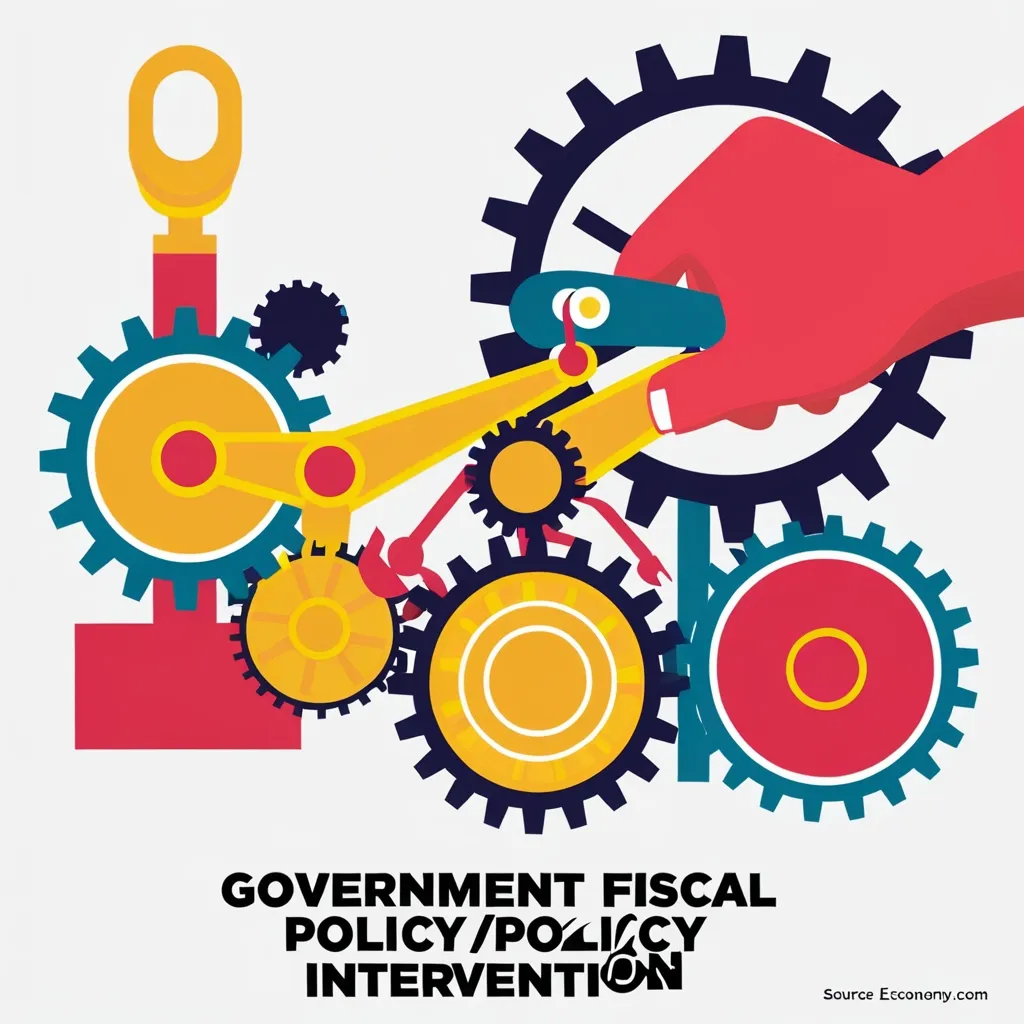The Crypto Challenge: How Digital Currencies are Reshaping Central Banking
Money’s going digital, and it’s shaking things up big time in the world of central banking. Remember when we used to think banks were all-powerful? Well, cryptocurrencies are here to challenge that notion.
Let’s dive into how these newfangled digital coins are giving central bankers some serious headaches.
First off, central banks have always been the big shots when it comes to managing money. They control how much cash is floating around, set interest rates, and generally try to keep the economy running smoothly. But cryptocurrencies? They’re like the rebellious teenagers of the financial world, doing their own thing without asking for permission.
Take Bitcoin, for example. It’s got a mind of its own, with its supply controlled by computer code rather than some suit in a fancy office. This independence is cool and all, but it’s also a bit of a problem for central banks. If more people start using crypto for everyday stuff, it could mess with how central banks control inflation and manage the economy.
Imagine trying to steer a ship when half the crew is rowing in a different direction. That’s kind of what central banks are dealing with now.
And here’s another thing: most cryptocurrencies have a fixed supply. Bitcoin, for instance, will only ever have 21 million coins. Sounds great for avoiding inflation, right? Well, not so fast. This inflexibility can actually be a pain in the neck during economic rough patches.
Think about it. When the economy’s in a slump, central banks usually print more money to get things moving again. But if a big chunk of the economy is using crypto, that strategy goes out the window. It’s like trying to add water to a full glass – there’s just no room for it.
Now, don’t get me wrong. Cryptocurrencies aren’t all bad news. They’re pushing central banks to up their game and embrace new tech. We’re seeing central banks dive into things like big data and AI to make better decisions. It’s like they’re finally catching up with the 21st century!
But with great power comes great responsibility, right? The rise of crypto means central banks and governments need to step up their regulation game. They’ve got to figure out how to prevent crypto from being used for shady stuff like money laundering or funding terrorism. It’s a tricky balance – too much regulation could stifle innovation, but too little could lead to chaos.
Speaking of innovation, have you heard about Central Bank Digital Currencies (CBDCs)? It’s like central banks are saying, “If you can’t beat ‘em, join ‘em.” These are digital versions of traditional currencies, controlled by central banks. They could make payments faster and cheaper, especially for folks who don’t have easy access to banking services.
Imagine being able to send money to your grandma as easily as sending a text message. That’s the kind of convenience CBDCs could bring to the table.
But let’s not get too excited just yet. The integration of cryptocurrencies into our financial system isn’t all sunshine and rainbows. There are some serious risks to consider.
For one, if banks start getting heavily involved with crypto, it could lead to some major instability. Remember the 2008 financial crisis? Yeah, nobody wants a repeat of that. There’s also the issue of leverage in crypto markets. Some people are betting big with borrowed money, and that’s a recipe for disaster if things go south.
And here’s where things get really complicated. Different countries are handling crypto regulation in different ways. It’s like trying to play a game where everyone’s using different rulebooks. We need some serious international teamwork to get everyone on the same page and close those regulatory gaps.
Now, let’s talk about interest rates and inflation – two things that central banks obsess over. Cryptocurrencies are throwing a wrench in the works here too. If a cryptocurrency becomes widely used, it could actually limit how high interest rates can go and how much inflation a country can have. It’s like having a backseat driver for monetary policy.
And don’t even get me started on consumer protection. With all these new cryptocurrencies popping up, it’s like the Wild West out there. Scams, market manipulation, you name it. Central banks and regulators need to step up and make sure people don’t lose their life savings to some shady crypto scheme.
So, what’s the bottom line in all of this? Cryptocurrencies are shaking things up in a big way. They’re forcing central banks to evolve, to think differently about how they manage money and the economy.
It’s not just about printing cash and setting interest rates anymore. Now, central banks have to deal with a whole new digital financial ecosystem. They need to figure out how to keep their currencies relevant and attractive in a world where people can choose to use Bitcoin or Ethereum instead.
But here’s the thing – it’s not just about central banks adapting. It’s about finding the right balance between innovation and stability. We want the cool new features that crypto can bring, like faster and cheaper international transfers. But we also need to make sure our financial system doesn’t become a house of cards that could collapse at any moment.
Central banks are in a tough spot. They need to embrace the digital future while still doing their job of keeping the economy stable. It’s like trying to change the tires on a car while it’s still moving.
And let’s not forget about us regular folks in all of this. As cryptocurrencies become more mainstream, we need to be savvy about how we use them. Just because something’s new and exciting doesn’t mean it’s risk-free.
So, what can we expect in the future? Well, it’s likely we’ll see more countries experimenting with CBDCs. We might see new forms of regulation designed specifically for cryptocurrencies. And we’ll probably see central banks getting more tech-savvy, using advanced tools to navigate this new digital landscape.
One thing’s for sure – the world of money is changing, and it’s changing fast. Central banks are going to have to stay on their toes if they want to keep up. It’s an exciting time, but also a bit scary. Kind of like riding a roller coaster – thrilling, but you might want to hold on tight!
In the end, the rise of cryptocurrencies is more than just a new way to pay for stuff. It’s challenging our whole concept of money and how it should be managed. It’s pushing us to rethink financial systems that have been in place for centuries.
As we move forward into this brave new world of digital finance, one thing is clear: the future of money is going to look very different from its past. And central banks? Well, they’re going to have to evolve or risk becoming as outdated as a floppy disk in a world of cloud storage.
So buckle up, folks. The crypto revolution is here, and it’s turning the world of central banking upside down. It’s going to be one heck of a ride!






